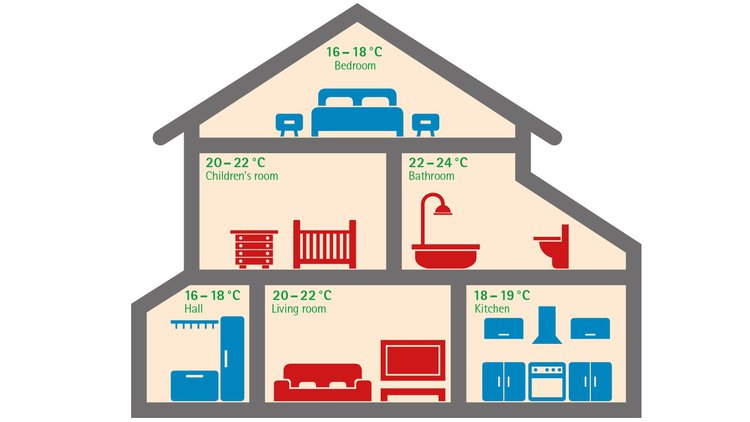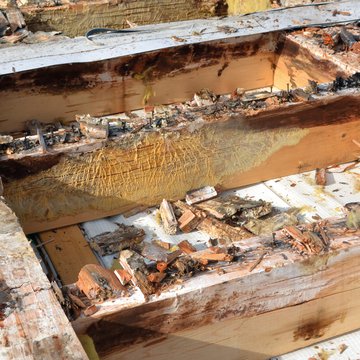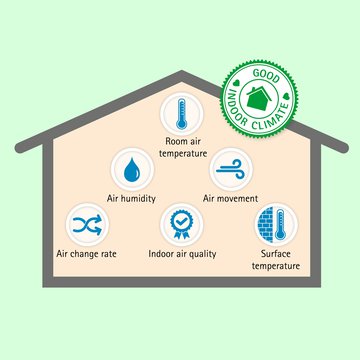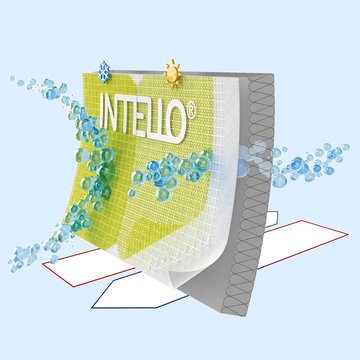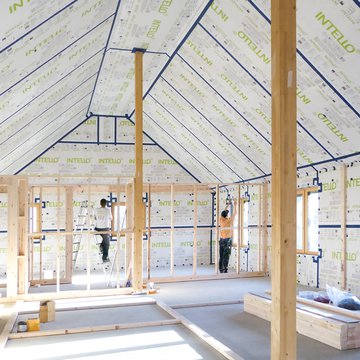Energy efficiency
Energy
efficiency
Inadequate airtightness and its consequences
A thermally insulated, airtight building envelope plays a major role in determining how comfortable and pleasant an indoor environment is for us and how well we can work, learn or relax there. The air temperature has the strongest effect on our perception of comfort level: a temperature range of between 20 °C and 23 °C in homes is regarded as comfortable in winter, while temperatures of up to 26 °C are perceived as pleasant in summer. In this context, airtightness has a crucial influence on the effectiveness of thermal protection in both winter and summer.

A leaky building envelope leads to high heating costs
Even the smallest leaks in the vapour check (alternate terms: vapour control or retarder) layer – such as those that arise due to faulty adhesion between membrane overlaps or joints – have far-reaching consequences. A defect of this kind has the same impact as a continuous gap between the window frame and the walls – and of course nobody would tolerate a gap of this kind! Gaps in the vapour check layer should be given the same attention.
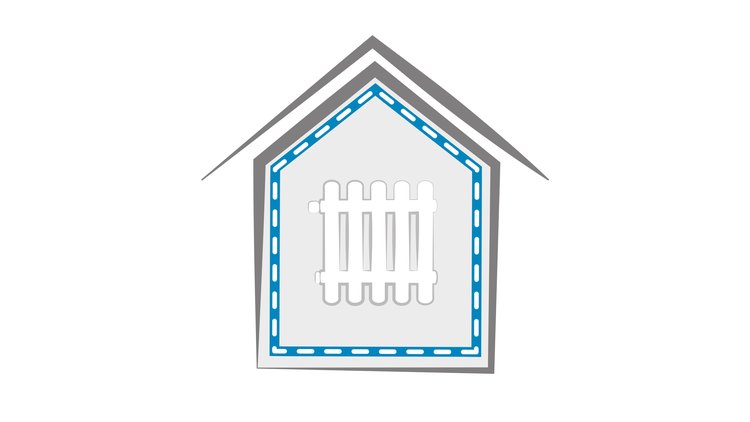
A sealed building envelope delivers low costs and a pleasant indoor environment
The higher heating costs caused by faulty seals lead to reduced cost-effectiveness of the thermal insulation for the building owner.
A study by the Institute for Building Physics in Stuttgart has shown that the U-value of a thermal insulation structure is reduced by a factor of 4.8.¹⁾ When applied to a practical case, this means that the same amount of energy is required for heating a home with a living space of 80 m² where airtightness leaks are present as would be required for an airtight house with a floor area of around 400 m².
The uncontrolled entry of air can also have a negative impact on the indoor environment, e.g. due to draughts, excessively dry indoor air in wintertime, or rapid, unpleasant heating-up in summertime.
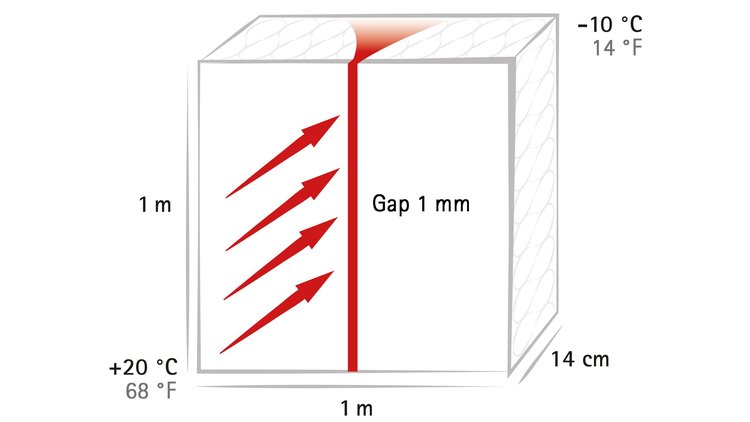
Only a gap-free thermal insulation structure provides the full insulation value
According to a survey conducted in the year 2000, buildings in Central Europe consume 22 litres of oil per m² of living space (220 kWh/m²) for room heating on average; a passive house requires only 1 litre, while a 3-litre house uses 3 litres of oil per m², as the name suggests – assuming that the airtightness is perfect. Gaps in the airtightness layer of buildings lead to a significant increase in the energy requirement per square metre of living space.
¹) The Institute for Building Physics in Stuttgart carried out tests on a 1 m x 1 m thermal insulation structure with an insulation thickness of 14 cm. With gap-free, airtight installation, the previously calculated insulation performance of 0.30 W/(m² K) was achieved. However, if the same structure has a gap with a width of just 1 mm in its airtightness layer, the U value worsens to 1.44 W/(m² K). In other words, almost five times more heat is lost compared to the airtight structure.
